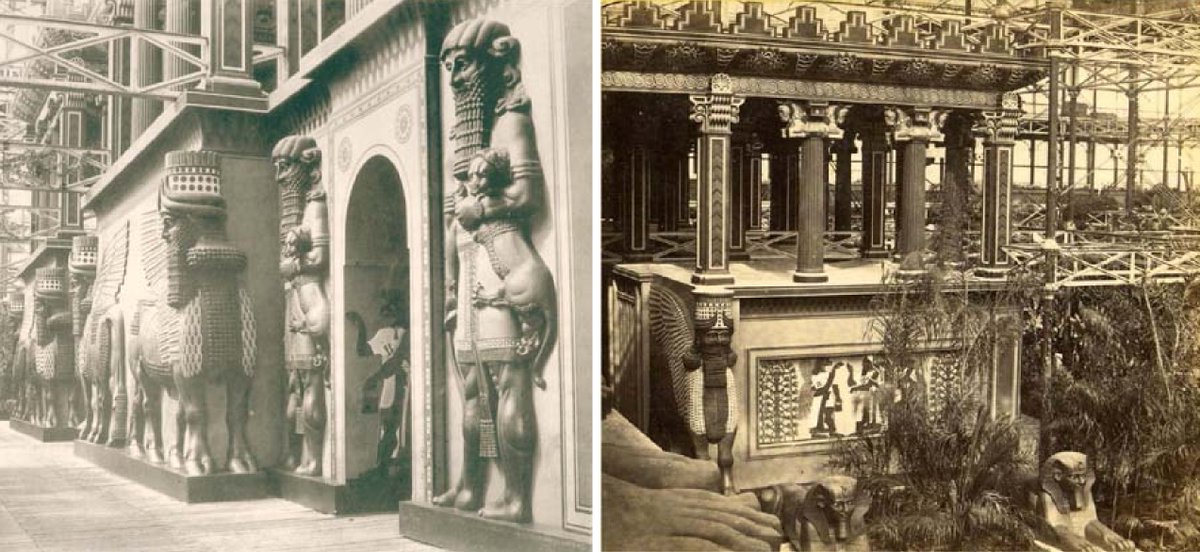A thread on Ishtar's Descent Into the Underworld, one of the most famous and beautiful Mesopotamian legends. #folklorethursday 

Ishtar was the Mesopotamian god of love, beauty, sex, fertility, war & political power from ~3500 BCE. She was associated with planet Venus. 

• • •
Missing some Tweet in this thread? You can try to
force a refresh























